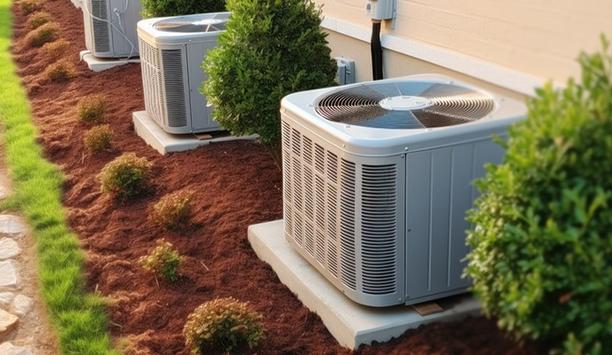Could lack of ventilation impact the performance of students in the classroom? A study of ventilation and other HVAC issues in California classrooms raises the issue. According to the study by the University of California-Davis and the Berkeley National Laboratory, nearly 85 percent of HVAC systems recently installed in California K-12 schools do not provide adequate ventilation.
Nearly 85 percent of HVAC systems recently installed in California K-12 schools do not provide adequate ventilation
Students and teachers in improperly ventilated classrooms may be exposed to unhealthy levels of CO2 and volatile organic compounds such as formaldehyde, given off from building materials and furniture. CO2 levels increase as students and teacher breathe out.
The Study
The study visited 10 classrooms at 11 schools during the 2016-2017 school year. The classrooms had been recently retrofitted with new HVAC units under the state’s Clean Energy Jobs Act program. Across 94 classrooms with valid data, average carbon dioxide (CO2) concentrations indicate the classrooms were under-ventilated. Inadequate ventilation was found in classrooms at all grade levels.
Field inspections identified problems with HVAC equipment, fan control and/or filter maintenance problems in 51% of classrooms. The study included 63 rooftop units (RTUs) and 41 wall-mount HVAC systems (used primarily in portable classrooms).
Classrooms in the sample were also frequently too warm to support learning
Classrooms in the sample were also frequently too warm to support learning: There were 23 out of 103 classrooms that had air temperature above 25.6°C (78°F) for more than 20% of school hours. Sixty percent were warmer than the recommended average maximum temperature of 73°F.
What Does This Mean For The HVAC industry?
The study suggests that better oversight of HVAC system installation and commissioning is needed to ensure adequate classroom ventilation. The HVAC system must be configured to continuously provide outdoor air when the classroom is occupied regardless of heating or cooling needs. Periodic testing of ventilation systems and/or continuous real-time CO2 monitoring (either as stand-alone monitors or incorporated into thermostats) is recommended to detect and correct ventilation problems.
California’s Division of State Architect review process requires projects to meet the 2016 Building Energy Efficiency Standards. However, most replacement HVAC projects are exempt from the review process; rather, schools are required to make sure the systems are compliant.
 |
| Schools are required to comply with 2016 Building Energy Efficiency Standards |
Carbon dioxide detectors provide an inexpensive way to provide an alert if ventilation is too low
Carbon dioxide detectors provide an inexpensive way to provide an alert if ventilation is too low. Only two of the 11 schools in the study used the devices. In general, it is more difficult to judge whether a room is getting enough ventilation, which is not easily perceived by people in the room. In contrast, high or low temperatures are obvious to occupants.
Schooling and HVAC
“There are nearly 1,000 school districts in California,” says Theresa Pistochini, engineering manager at the UC Davis Western Cooling Efficiency Center, as reported by The Sacramento Bee. “With limited resources, it is unrealistic to expect that school district personnel be adequately training to ensure compliance. Increased oversight of HVAC replacements, or other ways to address widespread inadequate ventilation in California classrooms, are needed, likely through state intervention.”
About two-thirds of the classrooms were in permanent, site-constructed buildings. The rest were in relocatable or portable classrooms. The sample was weighted to lower grades, with 42 of the classrooms from seven schools serving grades K-3, and 43 classrooms from eight schools assigned to grades 4-8. Only nine of the 104 classrooms were occupied by upper grades (9-12), and 16 of those were from the two high schools.
The study was published In the Building and Environment Journal.






































